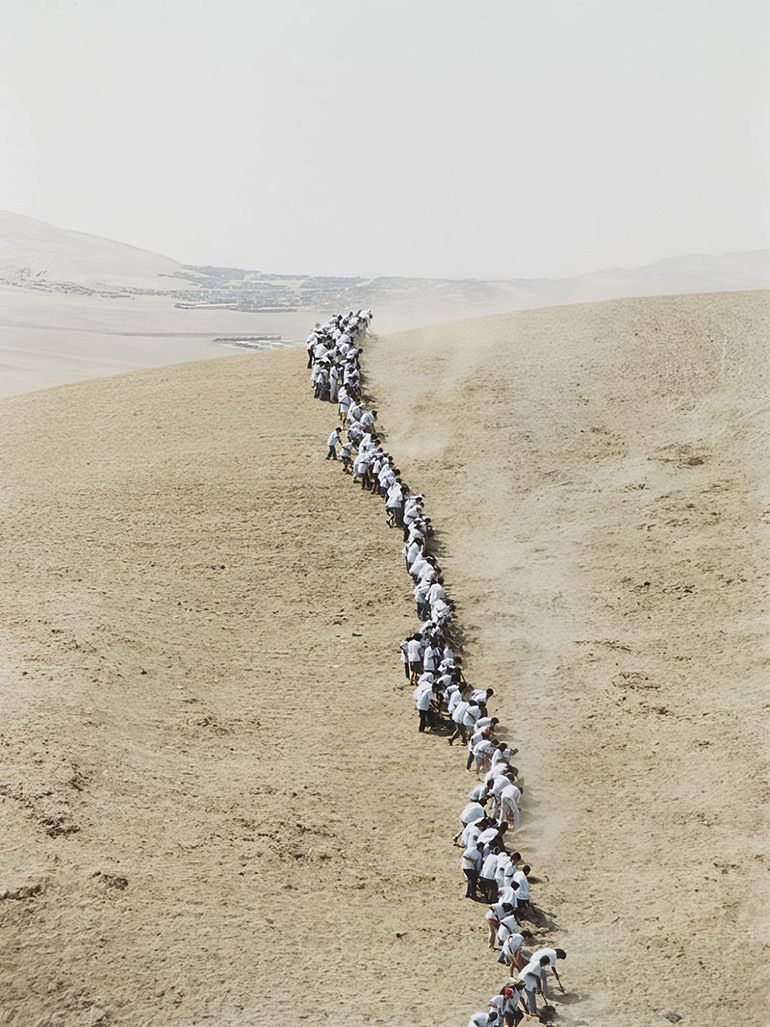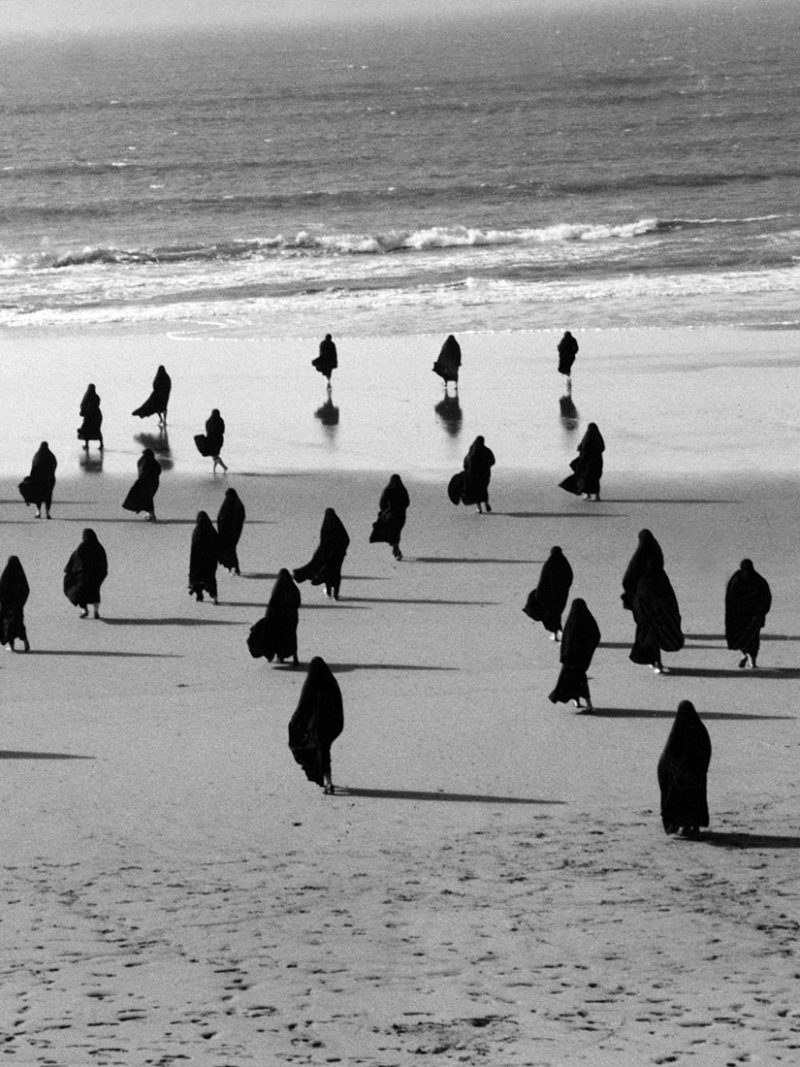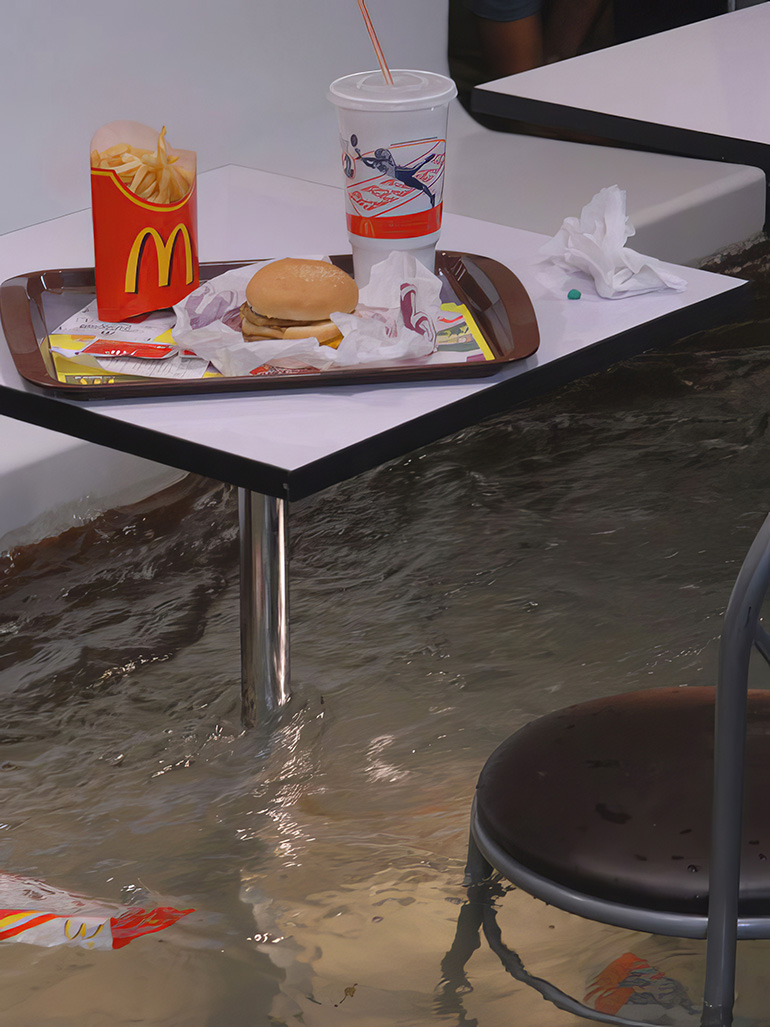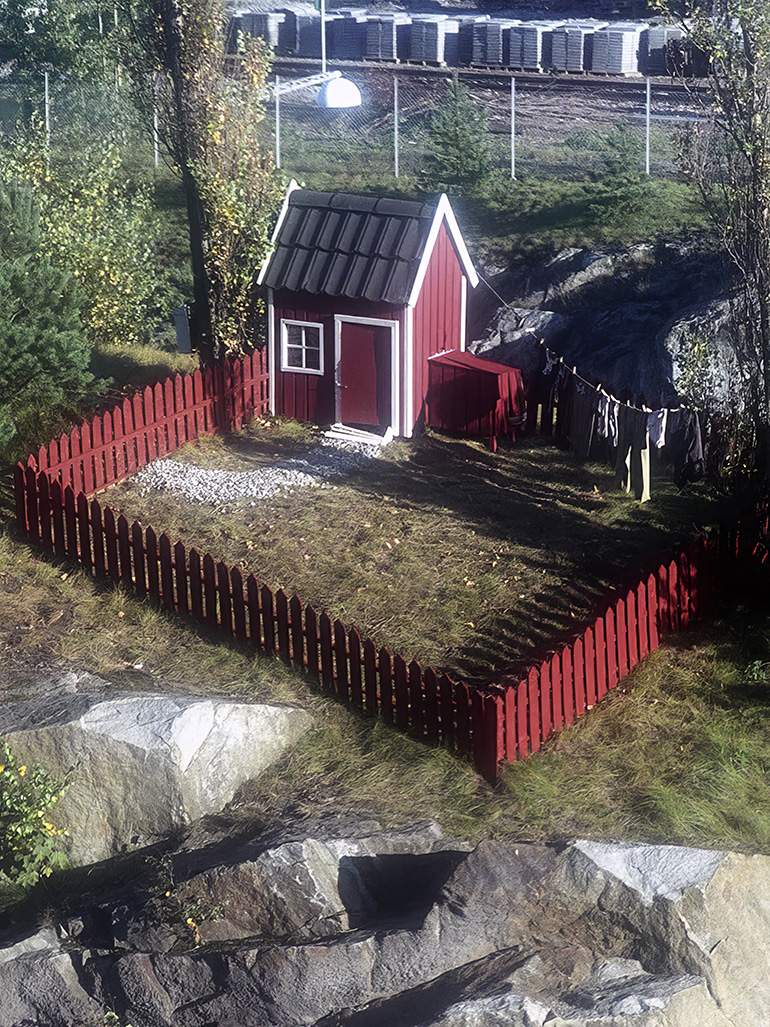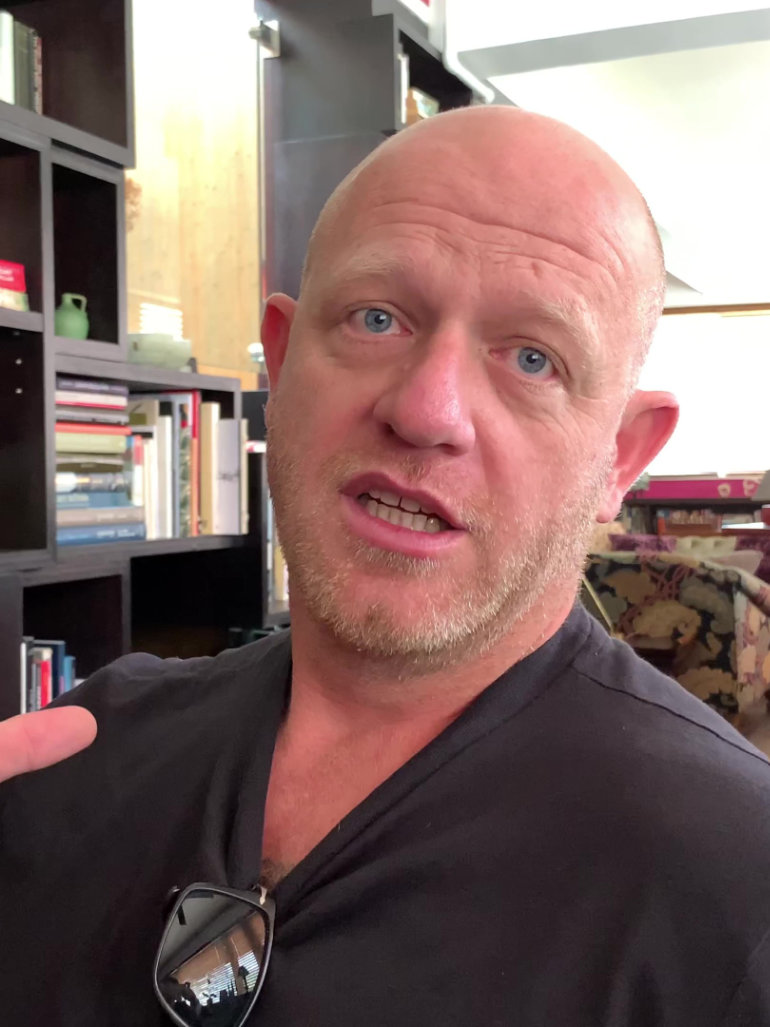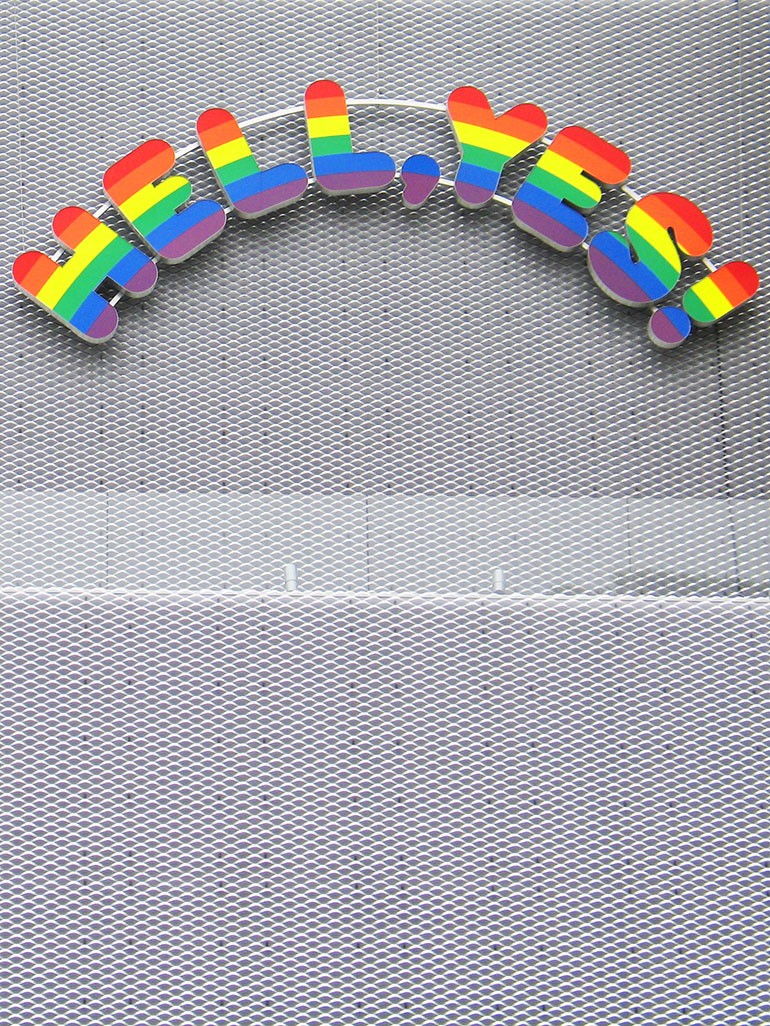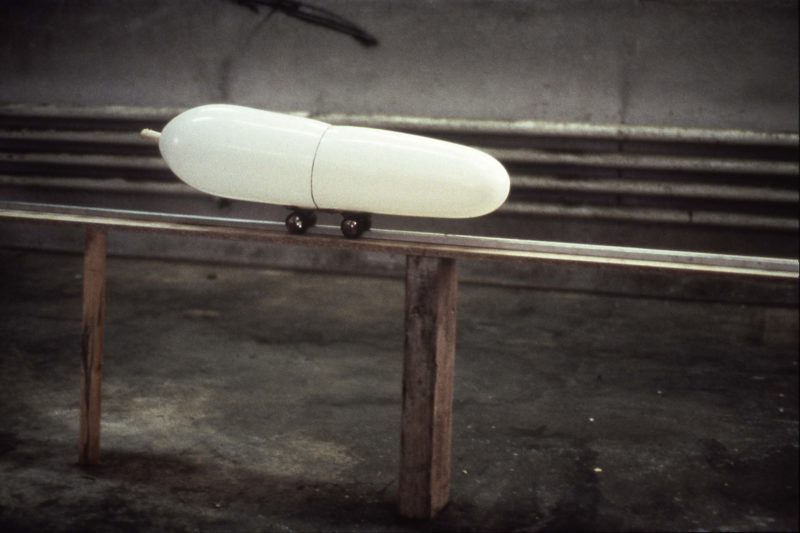
Introduction
Peter Fischli and David Weiss 1 are two Swiss artists that have made some of the most significant, most unanticipated and funniest artworks of their generation. The Swiss duo, Fischli and Weiss’s celebrated film The Way Things Go had a remarkable influence on the way artists, curators and audiences approached and interpreted art in relation to day to day modern life.
The first time ‘The Way Things Go’ was shown
The Way Things Go, which was created in 1987, was a 30-minute 16mm film that highlighted a non-stop chain reaction of common day to day objects as they clattered jubilantly through a Zürich 2 warehouse studio. The Way Things Go was first displayed publicly in the back room of documenta 3, which refers to an international exhibition of contemporary art that is held every five years in Kassel 4, Germany. As soon as it was displayed, The Way Things Go became an instant hit with audiences and art critics alike.
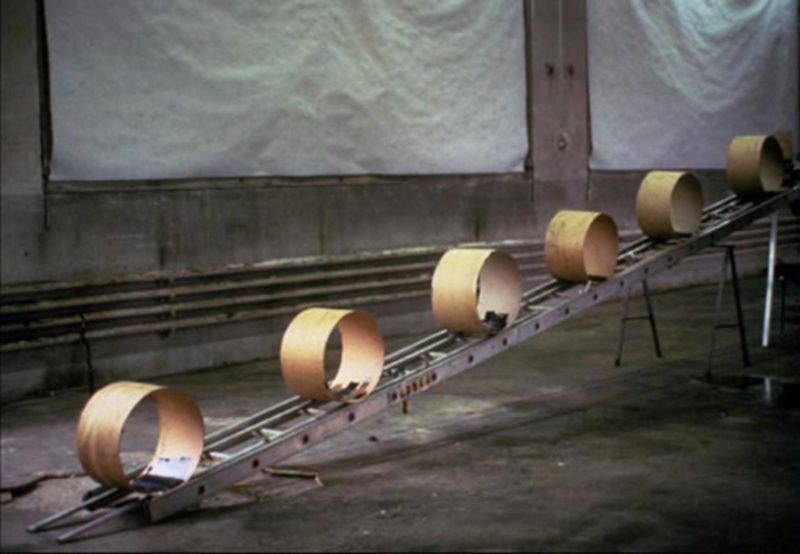
About Fischli & Weiss
Biography
Biography
David Weiss met Peter Fischli, who was six years his junior in Zürich back in 1977. At the time, the two artists worked as part of the underground art and music scene in Zürich. The two artists began their collaboration two years after their meeting, where they proceeded to work on several notable pieces and installations. The duo worked together from 1979 to 2012, during which time the collaborative duo managed to establish themselves as formidable artists in the contemporary art scene.
Their first collaboration
The first joint venture by the duo was titled Sausage Series or Wurstserie and it was created in 1979. The series consisted of a collection of 10 photos, each depicting a minor dramatic scene that was created primarily from an array of sausages, cold cut meats, and different household objects. It was this characteristic combination of illogicality and poignancy that would embody many of the duo’s works.
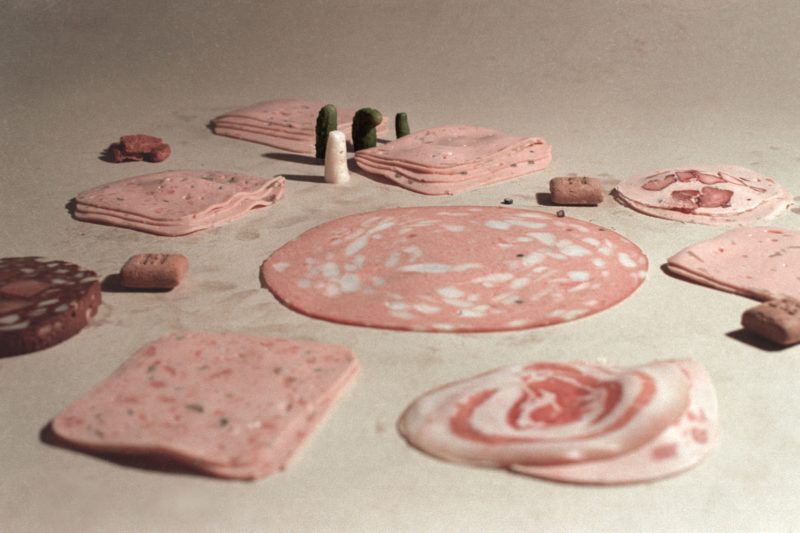
Pickles gathered around lunch meats to resemble people looking at rugs at a carpet shop.
Equilibres (A Quiet Afternoon), 1984-1986
Although The Way Things Go ended up being one of the duo’s most popular installations, it was not the duo’s first installation experimenting with day to day objects. Between 1984 and 1986, the duo also worked on a series of photos titled Equilibres (A Quiet Afternoon) that documented the brief balancing acts of day to day domestic items such as bottles and vegetables.
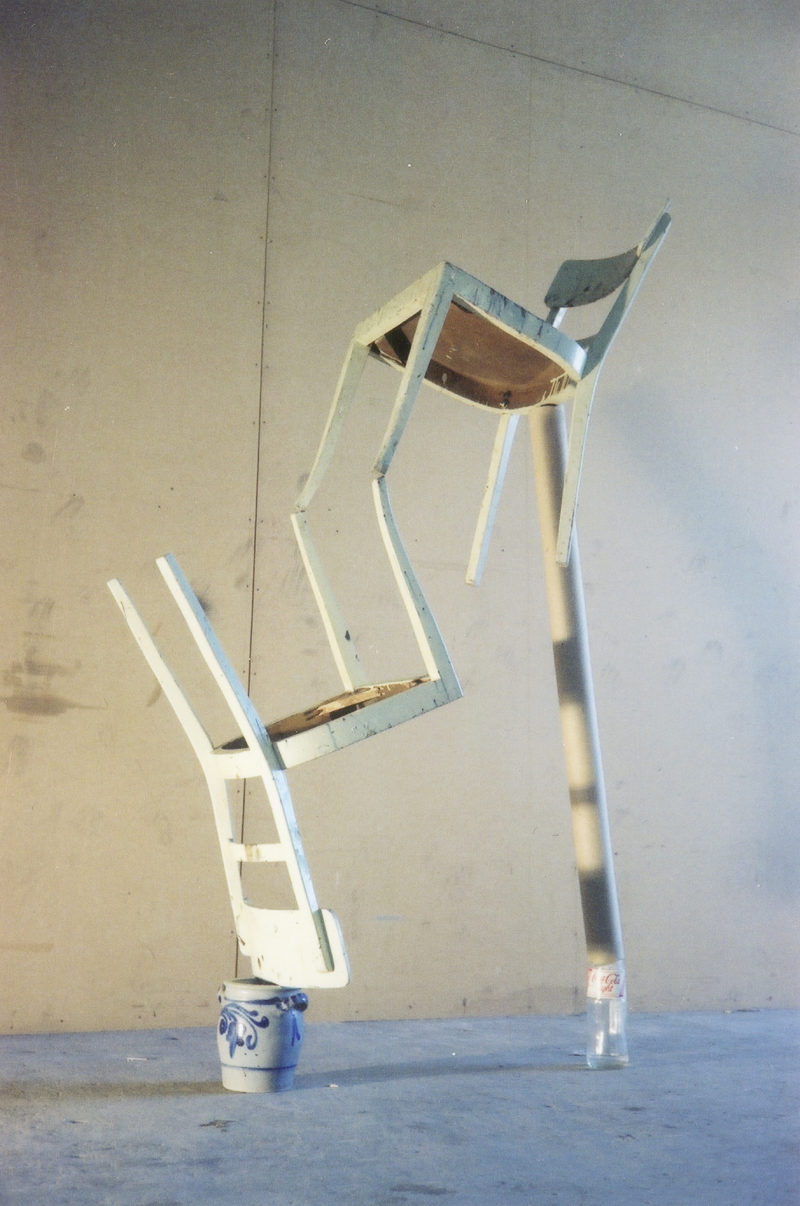
Irony & sincerity
Often known for placing day to day objects in unexpected scenarios, the duo successfully managed to transform the mundane into transformative artworks. Overall, their work through the years helped demonstrate that irony and sincerity are two components that cannot survive or occur without each other.
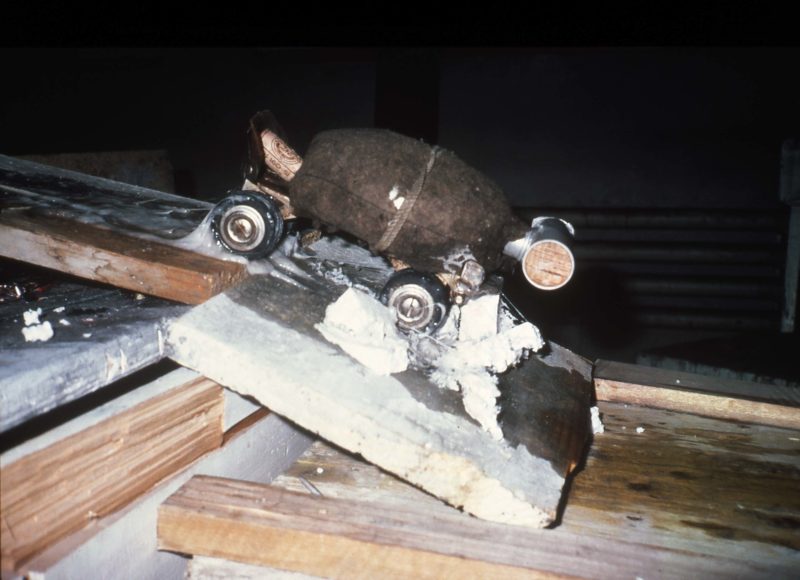
The Way Things Go – Description & composition
The Way Things Go was created to document an elaborate chain reaction between day to day objects. For the chain reaction, the duo utilized various common objects such as oil drums, old pairs of shoes, tires, ladders and trash bags. In the video, the household objects were recorded crashing into each other in a strange chain reaction powered by homemade explosions and collisions created from fire, water, and chemical reactions. As the objects were exposed to the explosions, the deflating, dripping, rolling, tumbling and wobbling of these various objects created an interesting effect.
Some of the actions between the objects were drawn out, while others occurred extraordinarily fast. With the dramatic effect and high resolution of the images, The Way Things Go was designed to enlist the acquitted joy of noticing hidden life in commonplace objects, which is a feeling that is often experienced and reserved for children in society.
Analysis
When it was first released at documenta 8 in Kassel, Germany, in 1987, The Way Things Go was perhaps the most popular work displayed at the show. The installation embodied numerous qualities and characteristics of slapstick comedy and thoughtful insight, which are all components that have now made Fischli and Weiss’s work among the most highly sought after and fascinating in the world today. The installation also highlighted a sense of illusion and conversion, as well as the dynamic interactions that take place between order and disorder.
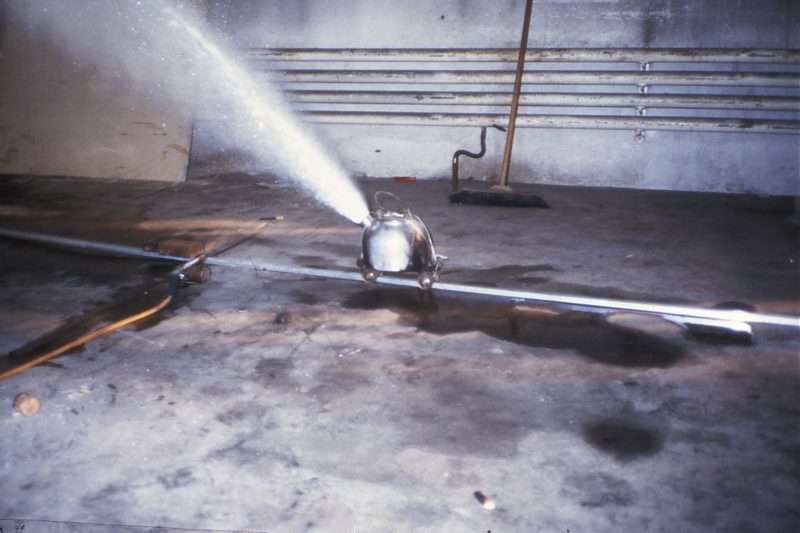
As the day to day objects included in the installation crashed, scraped and flew into each other with a persuasive impact, the audience found themselves witnessing a display that concurrently appeared primitive and postapocalyptic. In The Way Things Go, the strangeness existing between the audience’s investment as viewers and the pointlessness of all the actions and activities unfolding before them lent a witty and amusing edge to the installation.
Conclusion
Had the artists not thought of including everyday objects in the installation, the audience might never have found meaning among the seemingly useless objects. As a result, the short film about nothing became a short film about everything, exploring how things come to being.
Over the years since it was first displayed in documenta, The Way Things Go has become one of the most widely screened video art installations worldwide. The film appeals to multiple levels, explaining why it will continue to remain such a landmark work even for years to come.
